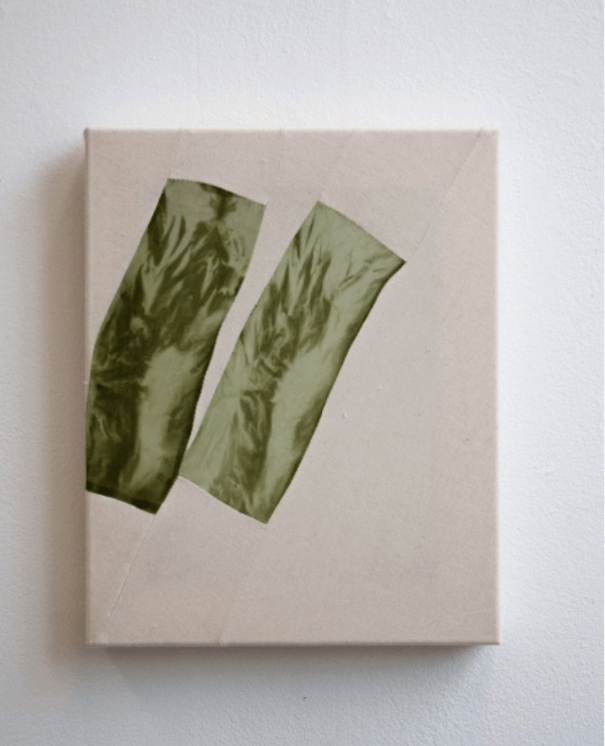JO HUMMEL
/ MINH DUNG VU
Opening / 24.03. / 19.00-22.00
Exhibition / 24. - 07.05.
Galerie Benjamin Eck
Pestalozzistr. 14 / München
Google MapsJO HUMMEL
Jo Hummel's works are characterized by a painted surface collaged with paper, on which she applies spontaneous variations of space, color and form.
Although her collages of paintings are physically engaged and materially driven, the context is deliberately anthropological and Hummel's works are informed by human habits and behavior, with a particular interest in determinism and free will as well as formal concerns.
Conducting experiments, where process often determines the outcome, Hummel provides a safe arena for improvisation, a place where rational procedure can coexist alongside intuition. She explores the unpredictable nature of intuition and spontaneity – her practice functions as a simulation of decision-making experiences that allow her to capture and harness sensations such as fear or serenity. And through these conflicting emotional states of comfort, contentment, fear, dislike, and so on, Hummel is able to tap into the ubiquitous perceived state of human insecurity. The social structures in which we all exist guide and influence how we feel and what we do on a daily basis. Our social class, religion, gender, and ethnicity all play a part in what we find comfortable or uncomfortable.
The nature of collage is that a work is in constant flux during its creation. The artist must negotiate the canvas by rearranging, selecting and adjusting, often over long periods of time and after exploring hundreds, even thousands, of the infinite possible outcomes. That way, the creative process itself is just as meaningful as the end result.
MINH DUNG VU
Minh Dung Vu sews finely painted and specially dyed fabrics such as silk onto the canvas, thereby expanding the classical concept of painting. The fascination for different fabrics and textiles and their versatility are the starting point of his work. Fabric behaves differently depending on its thickness and structure and can be stretched and processed in different ways. Vu combines colors and shapes with playful ease, but still precise and harmonious. Although the fabric is used one-dimensionally, light and shadow play a major role: Depending on where the work is placed in space, different light and shadow formations become visible due to the materiality, determined by the permeability and fragility of the fabric.
Vu experiments with materiality in a very unobtrusive way, combining materials and exploring the limits of perception. The past, tradition and memory are combined with new impressions of the present to create timeless works of art.
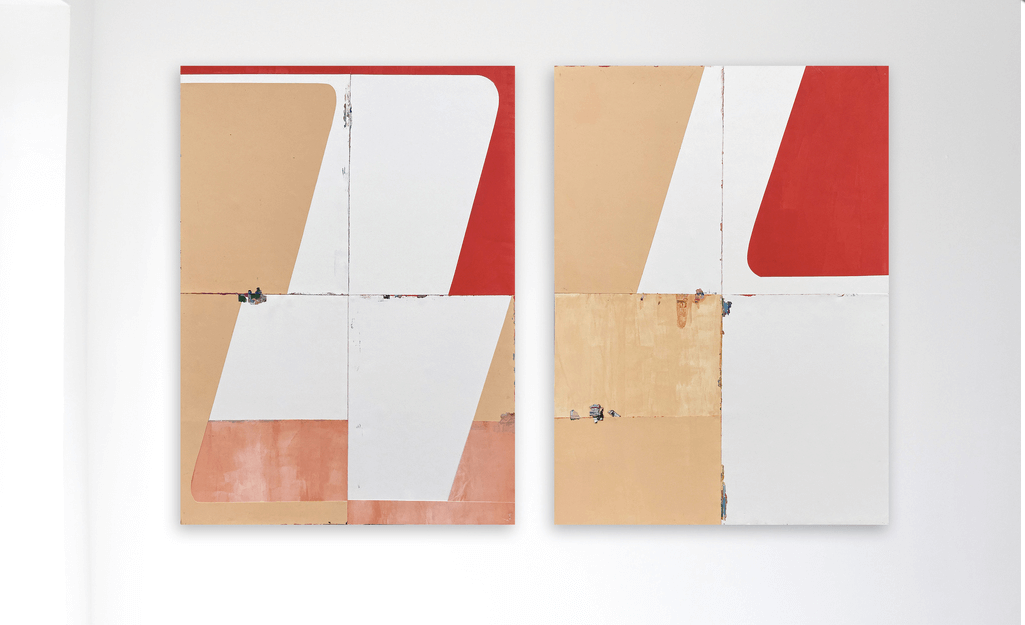
Lifeguard
2022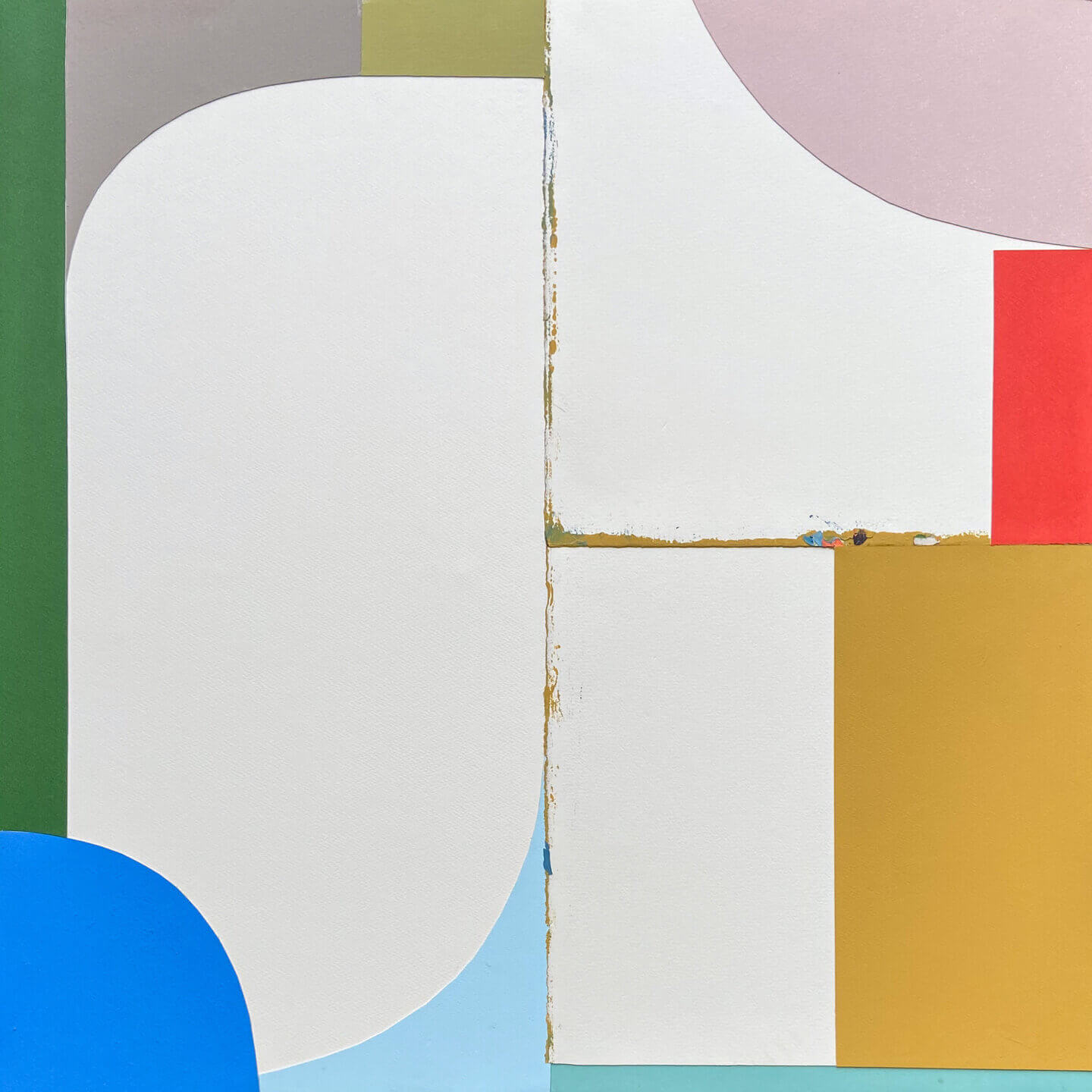
Boy
2022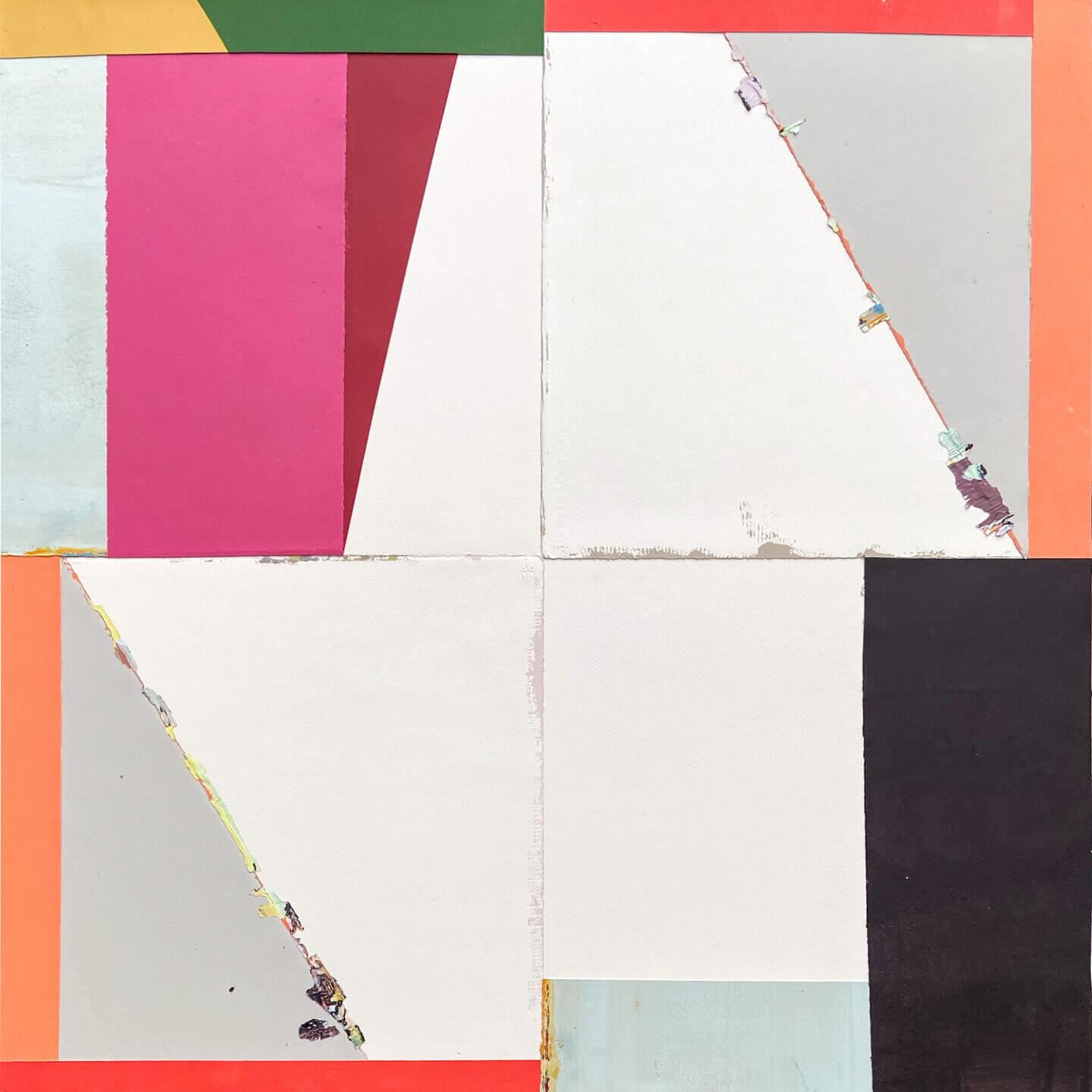
Charged Stay
2022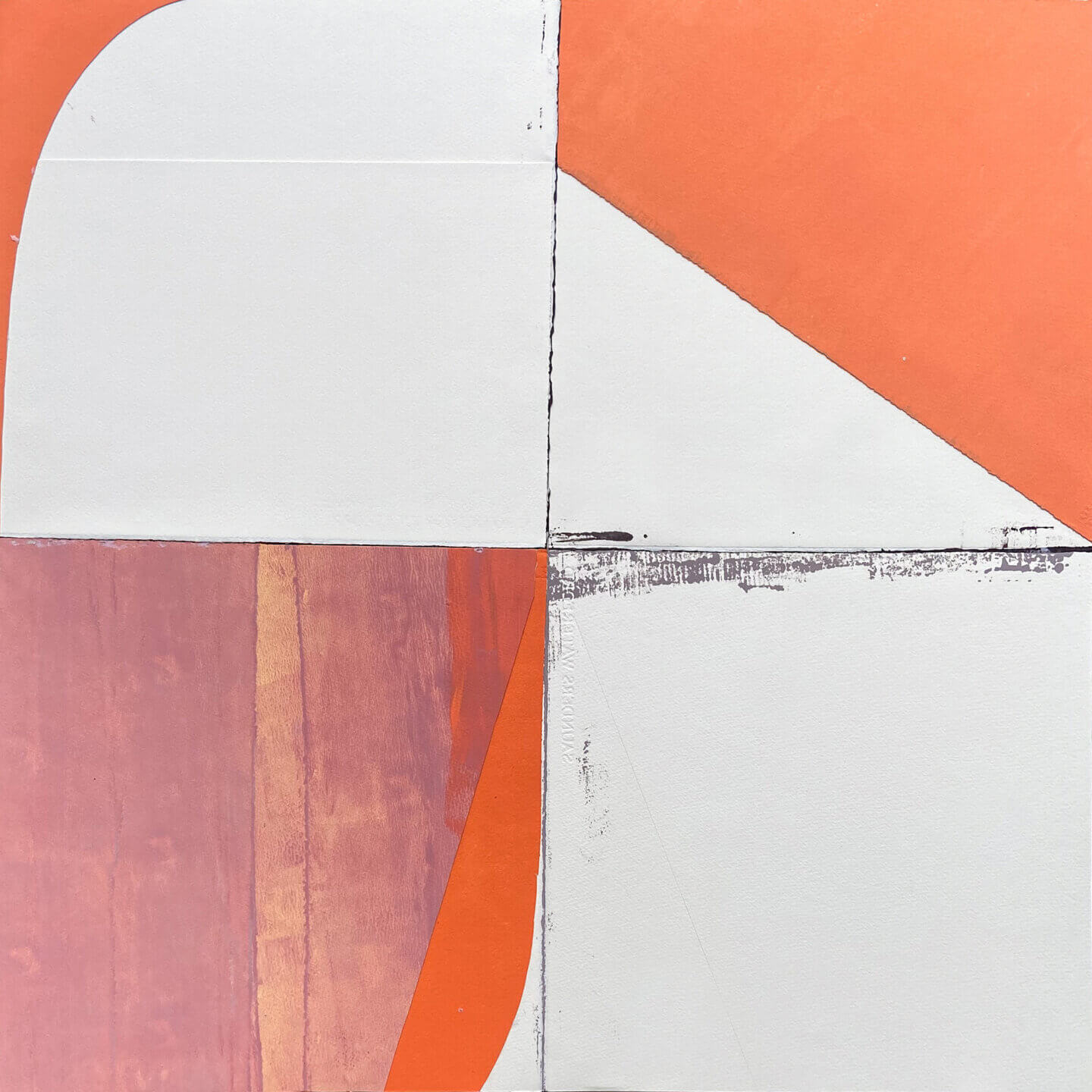
Rush
2022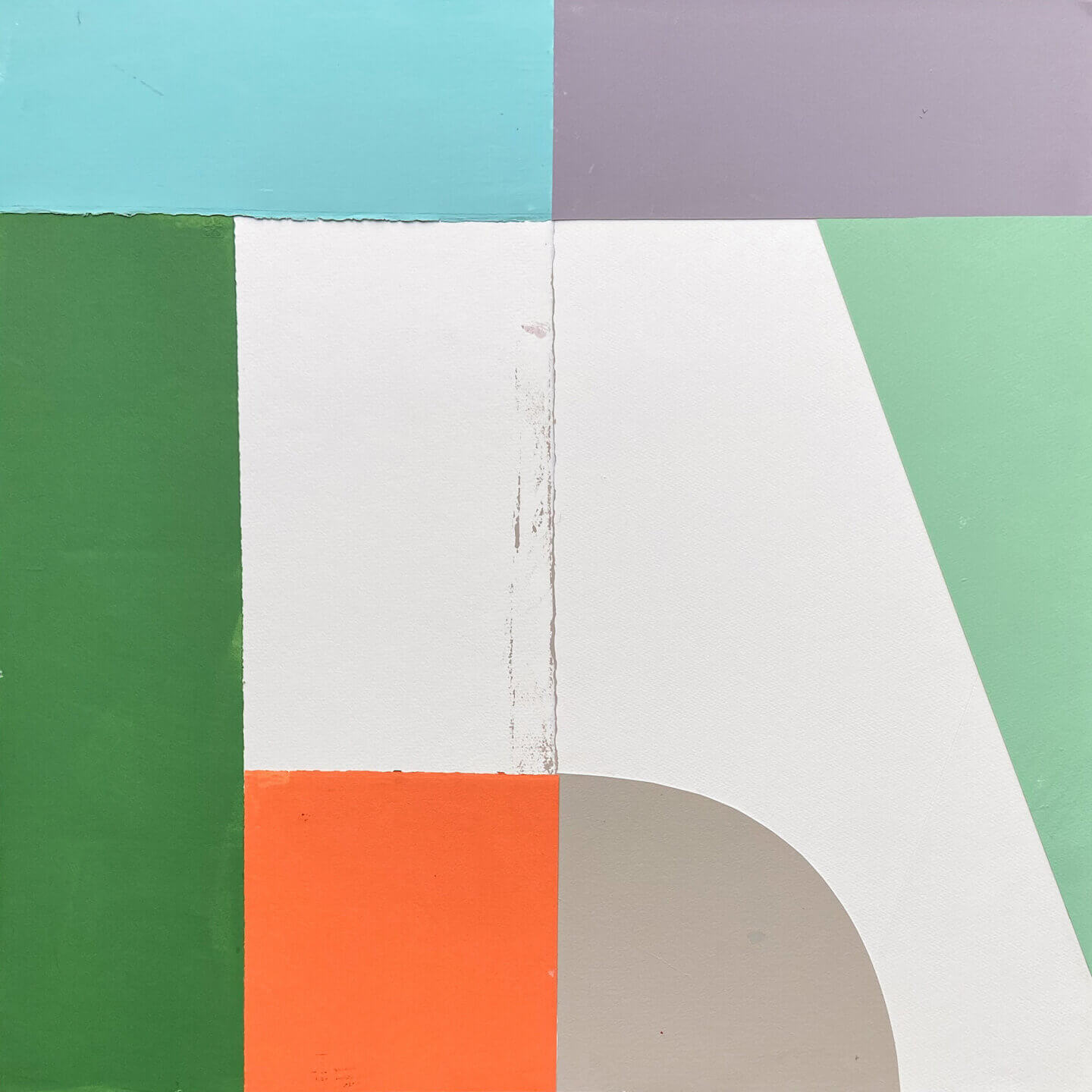
Spring
2022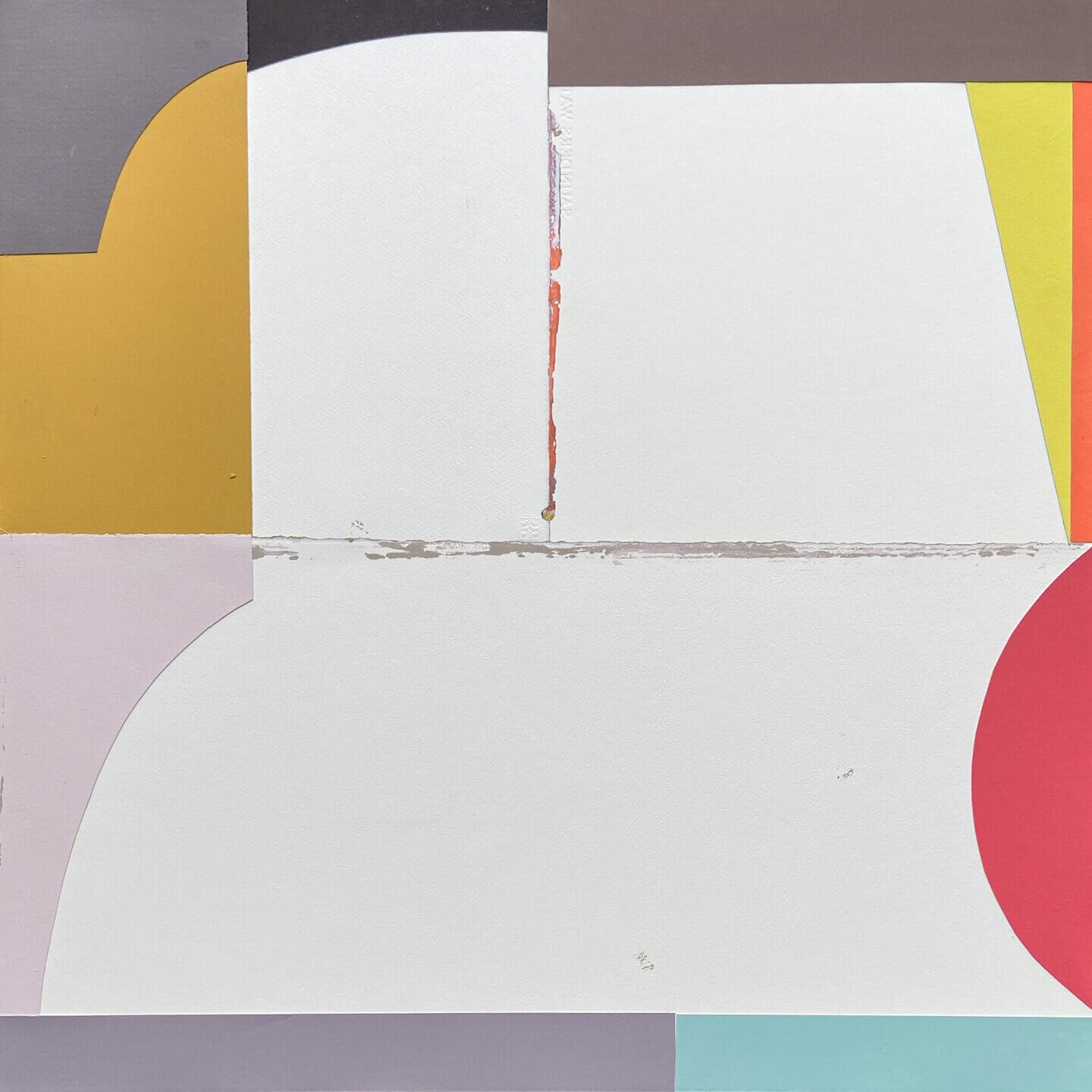
Stay
2022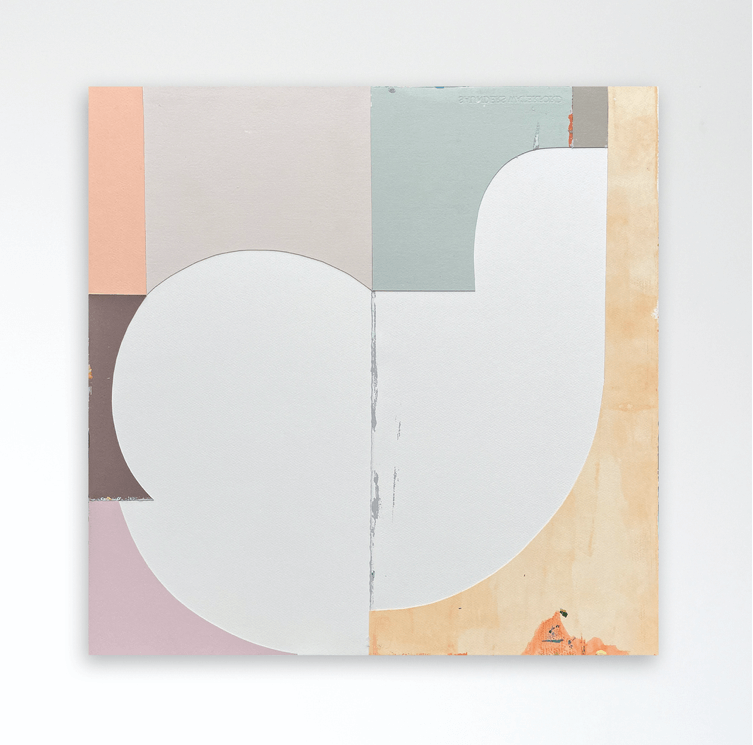
Balloon
2022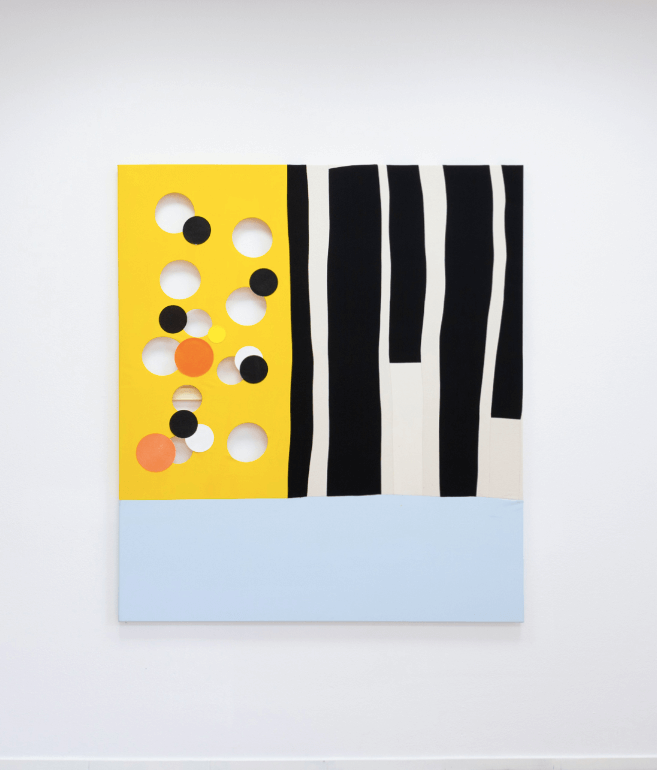
Doremon
2019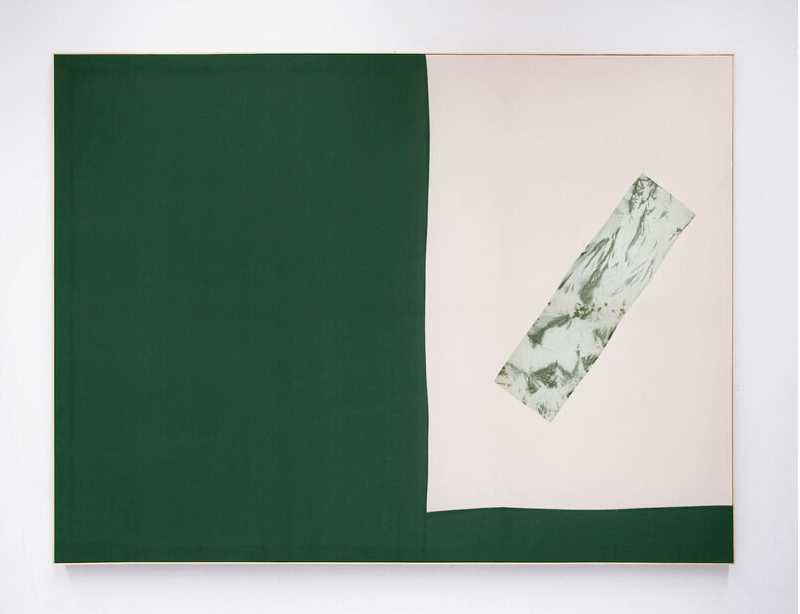
be in future
2020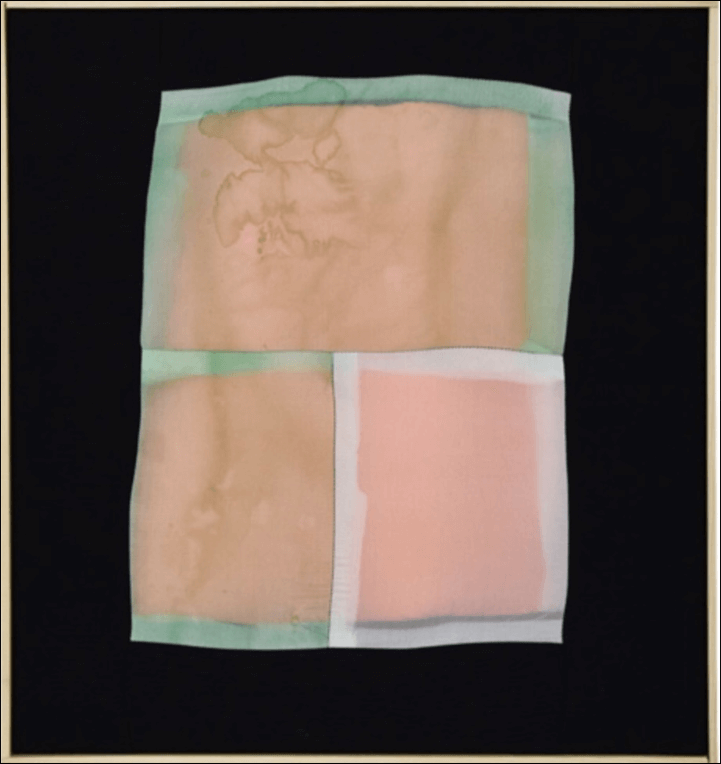
Just follow
2019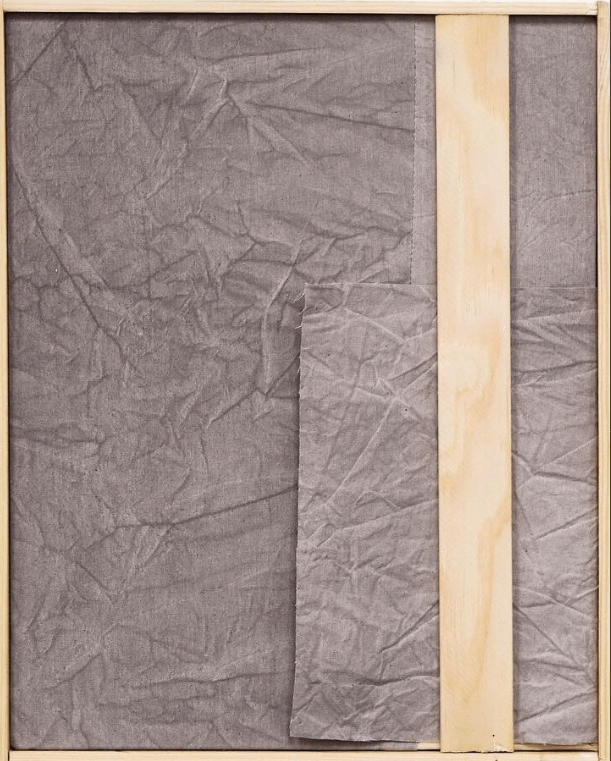
i dont want go out
2019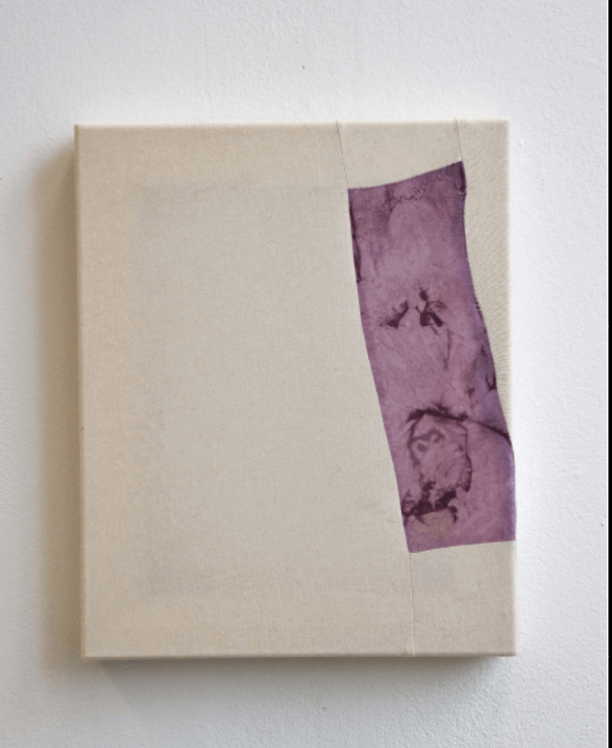
O. T.
2022